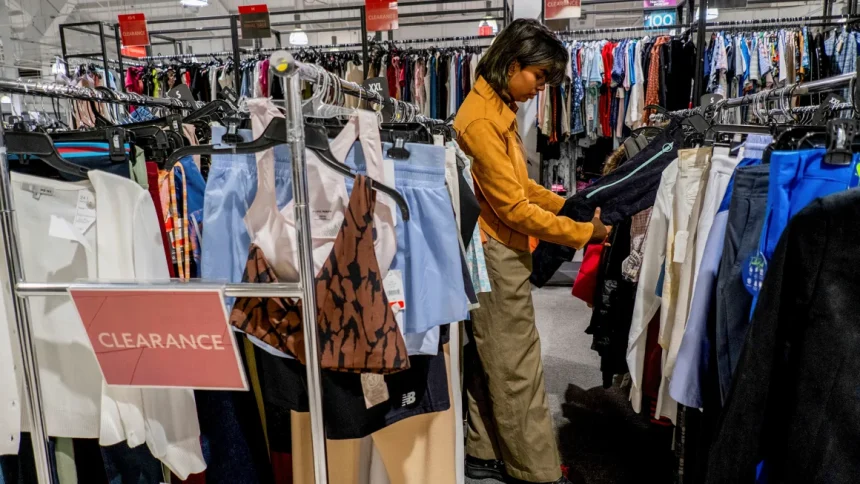Spending at US retailers rebounded in November after declining in October, pointing to the continued resilience of the US consumer and a strong start to the holiday season.
Retail sales, which are adjusted for seasonal swings but not inflation, rose 0.3% in November from the prior month, the Commerce Department reported Thursday. That trounced economists’ expectations of a 0.2% decline, according to FactSet, and is a resurgence from October’s contraction, which was the first monthly decrease since the spring.
Excluding sales at gasoline stations, retail sales rose by an even stronger 0.6% last month.
Retail spending has only declined three times on a monthly basis since January, underscoring the remarkable strength of consumer spending this year.
Sales rose across most categories in November, increasing the most at restaurants, by a strong 1.6%. Americans also spent at a solid clip at specialty stores and online. Meanwhile, sales at gasoline stations declined the most in November, dropping 2.9%.
Thursday’s report shows that Americans continue to open up their wallets as inflation eases and the job market remains on strong footing. That’s on the backdrop of the highest interest rates in 22 years and slowing economic growth.
US inflation began to slow again this fall after picking up over the summer due to rising energy costs, which have eased markedly in recent weeks.
Consumer prices rose 3.1% in November from a year earlier, a touch lower than October’s 3.2% rise, the Labor Department said Tuesday. November’s annual rate was well below the four-decade high reached in the middle of last year.
Real average hourly earnings rose 0.8% in November from a year ago, the eighth straight month of growth after 24 months in negative territory, according to Labor Department data.
The resumption of inflation’s slowdown, and greater confidence that it will continue to cool, has roused Americans, according to the University of Michigan’s latest consumer survey released last week. Sentiment soared 13% this month “primarily on the basis of improvements in the expected trajectory of inflation,” the university said in a release.







